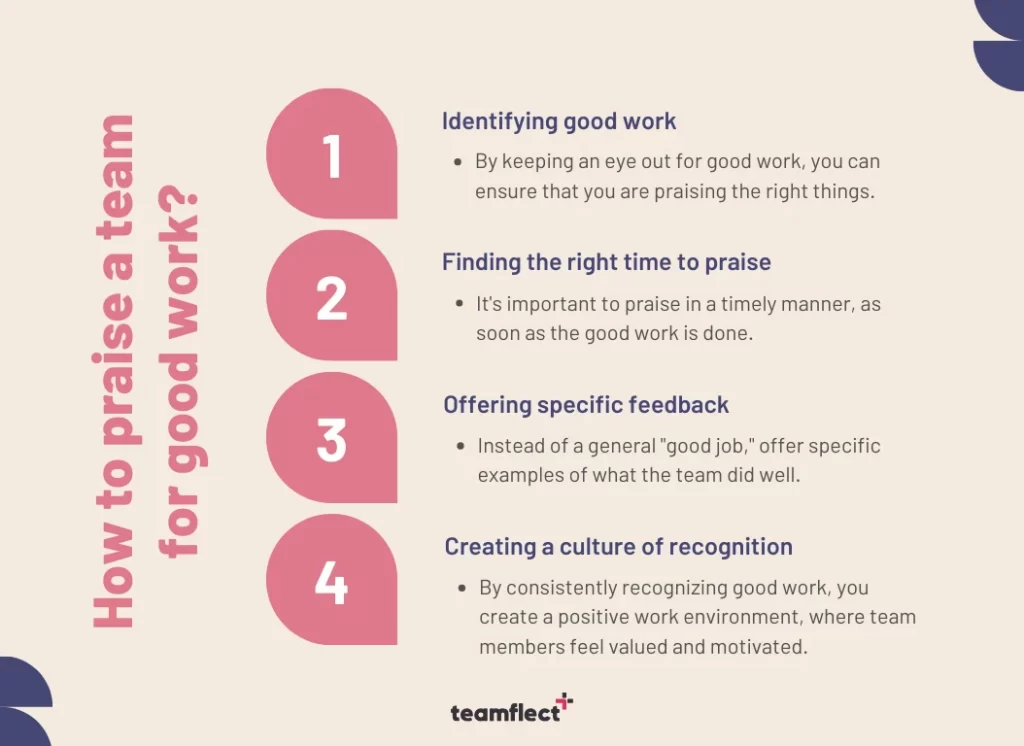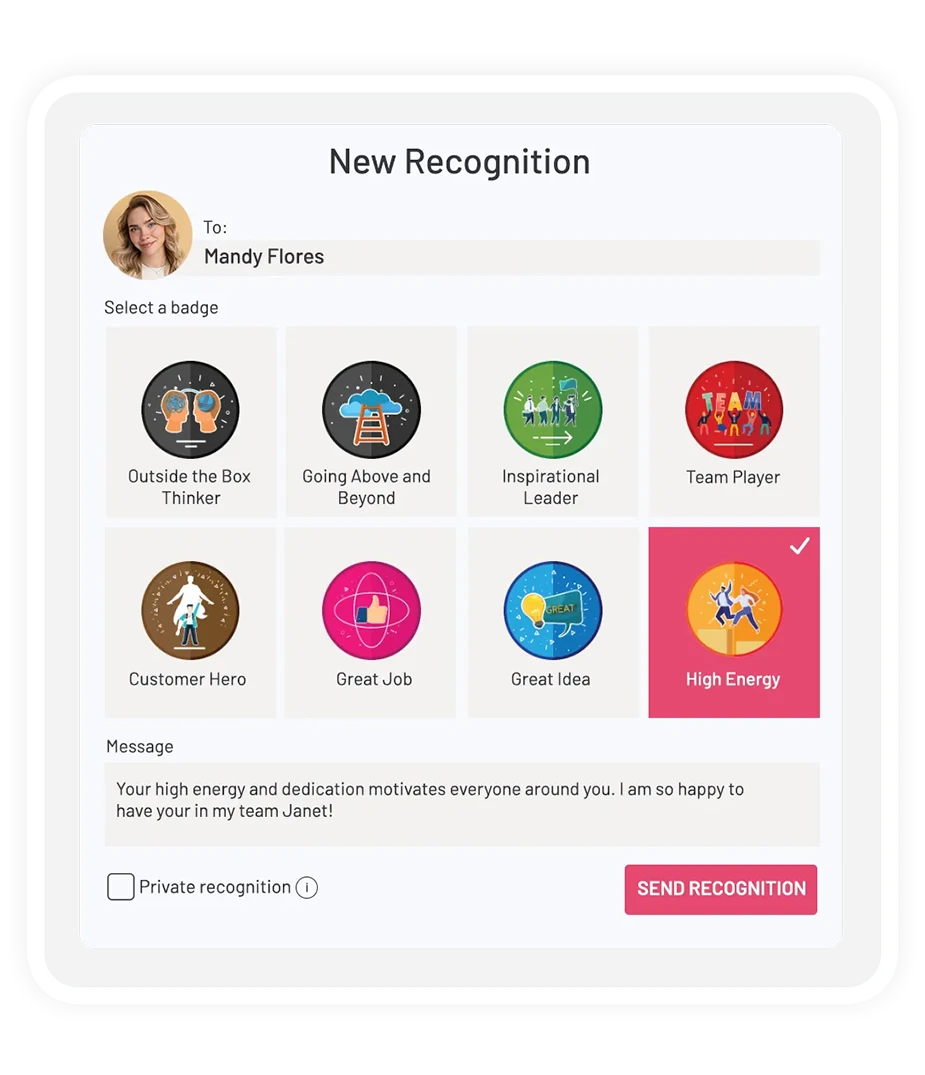Employee praise is the backbone of employee engagement! After all, who doesn’t love a good pat on the back? Not only do we all love pats on the back but we also love watching people pat each other on the back! We even love watching people pat themselves on the back *cough* The Oscars *cough*.
All jokes aside, praising employees, praising colleagues, or praising teams at work is much more complicated than the praise we witness in our daily lives.
While we can easily state that recognizing and praising your team for good work is vital for creating a positive work environment and that it’s a powerful tool for keeping your team motivated, engaged, and committed to their work, giving effective praise that lands well is not always an easy task.
Individual employee praise or team praise as employee engagement practices brings with them some difficult questions such as: How can I praise my employees without patronizing them? How to praise remote employees? And more!
Today we not only answer those questions but also bring you a comprehensive guide on how to praise employees for good work!
Table of Contents
Creating A Culture of Recognition
Fostering a culture of recognition is essential for building a positive and motivating workplace. Praise and appreciation are integral components of daily interactions when creating a culture of recognition in your organization.
If you’re praising your employees for good work, you’re celebrating achievements in a way that will stay with your workforce. When you model and promote recognition behaviors and highlight the impact of praise on employee morale, engagement, and retention, you’re contributing greatly to an overall happy workspace.
By utilizing tools such as employee appraisals and team praise, organizations can create a culture of recognition and nurture a supportive, fulfilling environment where employees feel valued and motivated to excel. Cultivating such an environment is an incredibly effective way to long-term organizational success.
How to praise a team for good work?

1. Identifying good work
Identifying good work is crucial for effective praise. To do this, you should look out for completed projects that met or exceeded expectations, team members who went above and beyond, or even small acts of kindness. By keeping an eye out for good work, you can ensure that you are praising the right things.
2. Finding the right time to praise
It’s important to praise in a timely manner, as soon as the good work is done. This allows team members to feel appreciated and motivated to continue to do good work.
If good work is done at the end of a project, it’s best to praise the team soon after the project’s completion. If good work is done on an ongoing basis, try to praise the team at regular intervals.
3. Offering specific feedback
Specific feedback is more effective than general feedback. Instead of a general “good job,” offer specific examples of what the team did well.
This allows the team to understand exactly what they did right, and how they can replicate that success in the future and helps you avoid patronizing them. Specific feedback also gives team members a clear idea of what they should continue to do.
4. Creating a culture of recognition
To make employee praise a regular part of the team culture, it’s essential to make it a regular practice. By consistently recognizing good work, you create a positive work environment, where team members feel valued and motivated.
A culture of recognition can be created by setting up regular recognition events, creating an employee recognition program, or even encouraging peer-to-peer recognition. This can be done through regular team meetings, or by setting up a virtual recognition platform.
Praising Remote Employees
1. The challenges of praising remote employees
With more and more companies shifting to remote work, it can be a challenge to maintain the same level of employee praise as in a traditional office setting.
Remote employees may not be as visible, and it can be harder to catch them doing something great. But don’t worry, there are ways to make sure your remote team is still getting the praise they deserve.
2. Use technology to praise remote employees
With the rise of technology, it’s easier than ever to give employee praise remotely. Many companies use instant messaging platforms, email, or even video conferencing for employee praise.
You can even set up virtual recognition platforms where team members can give each other kudos for a job well done.
This way, even if your remote team is spread out across the country, or even the world, they can still feel recognized for their good work. There is some incredible software you can use in order to both praise and engage your remote employees. You’ll find them in the lists below:

That being said, we do believe that if you are a Microsoft-based company, the best tool you can use to both practice employee praise and manage performance is Teamflect.
As an all-in-one performance management solution, Teamflect not only lets users exchange 360 feedback, another incredible way of praising teammates but also lets them exchange customizable employee recognitions! If you are looking to establish a recognition culture within your remote team, Teamflect is the way to go!



